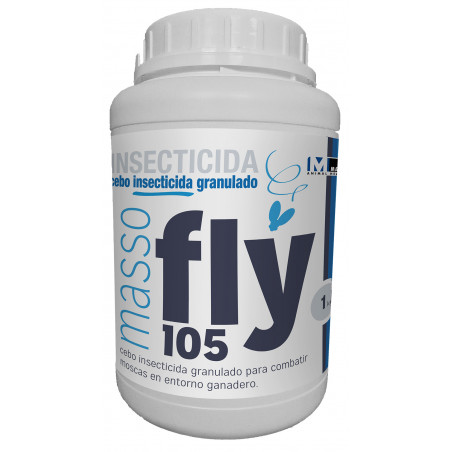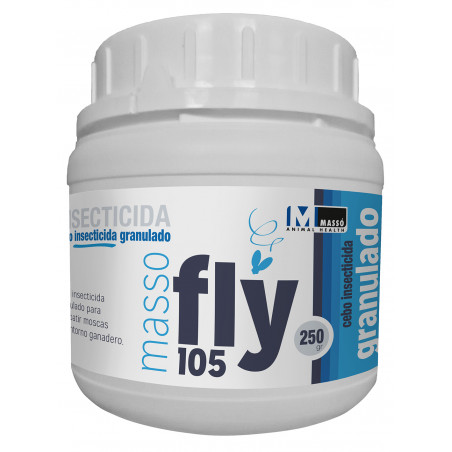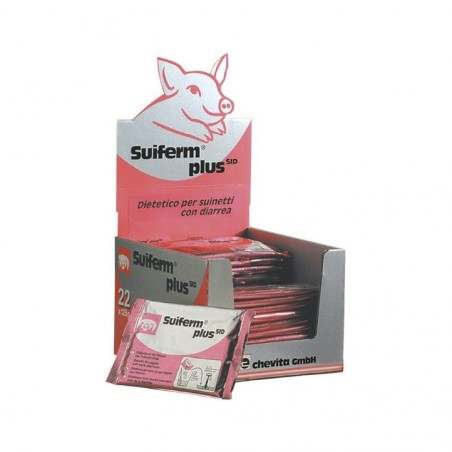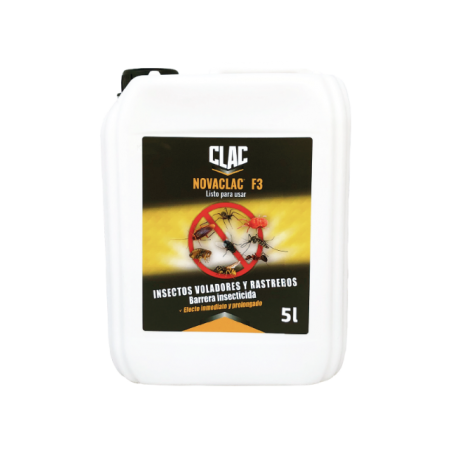Getahvirus (GETV), a single-strand RNA alphavirus, was first isolated from mosquitoes in Malaysia in 1950. The mosquitoes were associated with a Malaysian rubber plantation. The virus was named after the Bahasa word getah meaning “rubber”, or the latex sap of the rubber tree. In 1978 an outbreak of GETV in Japan caused fever, rash, and leg swelling in racehorses. The Getahvirus is widespread in Asia and its incidence is variable, but generally quite low while increasing in incidence in recent years.


Our first observed case of Getahviral disease in pigs was in a two thousand sow breeding herd in the north of China in early fall 2022. Individual pigs in several litters of pigs presented with fever >40° C, incoordination, trembling, depression, diarrhea, and death (Figure 1). All pigs appeared normal at birth. About half of the pigs within an affected litter became ill in the first few days of life. Mortality among the affected pigs in a litter was nearly 100% despite treatments, while the unaffected pigs in the same litters grew normally and appeared healthy. The excess elevated (above normal expected) mortality was about 500 pigs among about 100 litters farrowed and weaned. Not all litters were affected and the cases were limited to one farrowing barn. The disease did not appear to be contagious to the healthy piglets. Necropsy revealed rubbery lungs (interstitial pneumonia), enlarged hemorrhagic pulmonary lymphnodes, and fibrinohemorrhagic encephalitis (Figure 2).

PCR was negative for PRRS, Pseudorabies (PRV, Aujeszky’s disease), Porcine circovirus PCV2 and PCV3, Classical Swine Fever (CSF), and African Swine Fever (ASF). The herd was known to be free from PRRS, PRV, CSF, and ASF prior to this event. PCR for Getahvirus in piglet lung was strongly positive. Histopathology revealed severe interstitial pneumonia (Figure 3) and fibrinohemorrhagic meningoencephalitis (Figure 4). A diagnosis of perinatal Getahvirus disease was rendered. The farm was advised that this disease is transmitted by mosquitoes primarily and control measures were instituted. No further cases or clinical signs occurred in the farm and production resumed to a normal level.
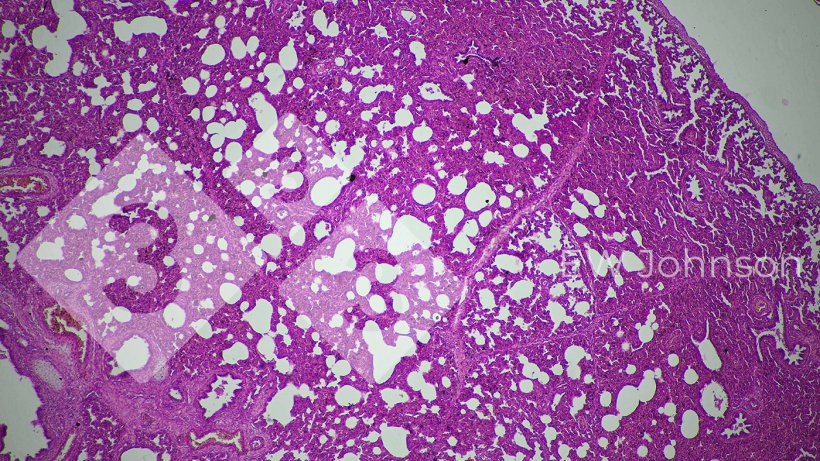
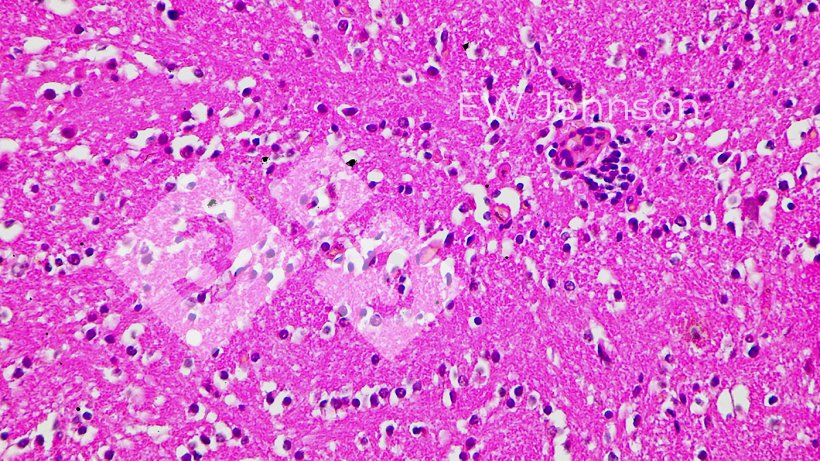
A second case occurred in a 2400 sow farrow-to-wean farm in east central China in September-October 2022. An abortion storm affecting 2 of its 4 breeding units was at first thought to be due to PRRS although the herd status was positive-stable. The abortion storm lasted for several weeks, peaking at about 20 litters per week aborted, mostly between 70 and 110 days of gestation (Figure 5).
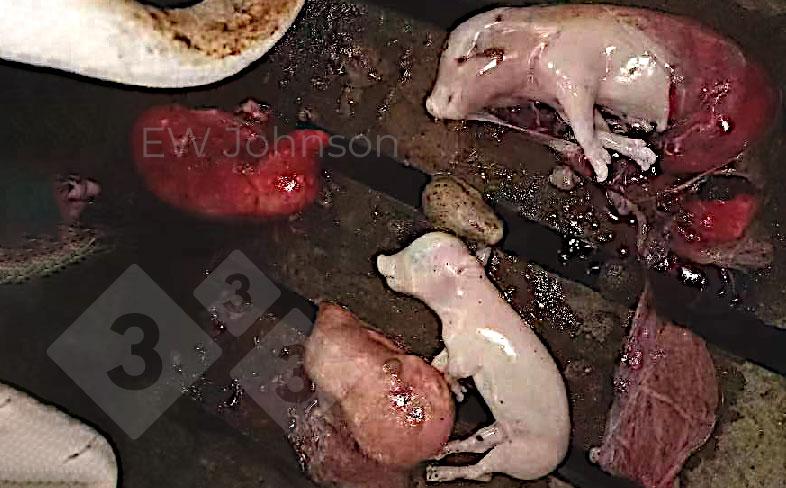
Some irregular returns to estrus were also observed. Some sows showed mild anorexia with a day or two off-feed. Sow mortality was low to nil and unremarkable. No other significant signs were occurring in the herd. The syndrome of late-term abortion/early farrowing made PRRSV a prime suspect. PCR for PRRS was negative, and repeated PCR testing of aborted feti and sow blood was negative for PRRS, CSF, PCV2, PCV3, PRV, CSF, and ASF. PCR on lung and thoracic fluid of aborted feti and blood of aborting sows was quite strongly positive for Getahvirus by rt-PCR. A diagnosis of Getahvirus infection leading to abortion was made. The farm reported a large population of mosquitoes and biting Culicoides midges afflicting the sows. Corrective measures were taken for mosquito control were taken and the problem resolved.
A third case affecting a several thousand sow large scale farrow-to-wean operation in north central China presented in late fall 2022 as a strong uptick in abortions. An impending abortion storm was feared. The high-health farm is negative for PRV, ASF, CSF, and PRRS. PCR of fetal thoracic fluid and lung was strongly positive for Getahvirus and negative for other common endemic and transboundary diseases including PRRS, CSF, PRV, ASF, PCV2, and PCV3. No other significant signs occurred in the herd and the abortions ceased with mosquito and biting fly control and the advent of cold weather heralding the end of flying arthropod season.
Should we worry about Getahvirus?
This year (2022) marked our first encounter with the Getahvirus. A worker in our lab picked it up at first via a serendipitous discovery (by chance) of an unknown errant band on a PCR gel. Sequencing of that band revealed the Getah virus cDNA, which was then verified in the original samples with appropriately designed primers.
“Diligence is the mother of good fortune.” – Cervantes
We feel fortunate that our workers find such things and find freedom to express themselves in their work.
“Freedom, Sancho, is one of the most precious gifts that heaven ever gave to man.” - El Quijote
The Getahvirus has been previously reported in horses, foxes, cattle, and pigs in China. A recent survey in China found GETV in 3% of mosquitos and 1% of pigs. There have been reports of a viral reproductive syndrome and perinatal mortality in swine due to Getahvirus and quite high incidence (~50% of pigs) of the virus and antibodies to it in some regions and total absence in others. The equine disease in Japan has been sufficient concern to merit a killed vaccine for its prevention. High mortality in foxes and a transient fever in cattle due to GETV have been observed. Human cases with fever and seroconversion to the virus have been observed, but the infection in man is thought to be generally asymptomatic. There are 4 main types of the getahvirus, of which type III is most important in China at present. Several different genera of mosquitoes and biting flies are thought to be capable of spreading the virus. Experimentally the virus can be transmitted by the oro-nasal route using cell cultures of the virus but it is currently believed that there is little shedding of the virus such that an infective dose is seldom available for pig-to-pig horizontal transmissions. The reports from the farms thus far support the concept that arthropods are the primary vector of GETV. Internal biosecurity procedures at the farms and the case history make it unlikely that dirty syringes and needles were spreading the disease in these cases, but it seems possible that unsafe blood collection procedures and reusing needles could become a factor in transmission, as high viremia was observed in the sows and infected piglets.
In areas where GETV is known to exist (China and Asia), it might be well to include it in the differential diagnosis of reproductive issues and perinatal mortality, along with the “usual suspects”, that is, Japanese B Encephalitis (JEV), porcine parvovirus (PPV), PRV, PRRS, CSF, ASF, PCV2/3, heat stress, management ills, seasonal infertility, etc. and their interactions. Pig farms are often situated in remote areas with high natural populations of mosquitoes and biting flies. Manure lagoons and standing water around pig farms can support the proliferation of mosquitoes. Japanese B Encephalitis (JEV) is a commonly observed mosquito-borne Flavovirus that causes a viral reproductive syndrome in gilts and naive sows. JEV can also cause serious testicular degeneration (orchitis) in boars. Most swine farms in China and Asia are vaccinating against JEV and Parvovirus and thus their severe reproductive sequelae are generally avoided. A trivalent vaccine for GETV, PPV, and multiple strains of JEV may be a future need.






















